Many curious travellers are drawn to the mysteries that enchant the isolated area of Upper Mustang. This valley, shaded by the rain, is home to a landscape unlike any other, situated high in the highlands between sharp Himalayan peaks. Its rich history and culture have been preserved here. However, because of its solitude, it is still off the usual tourist route.
A genuine dedication to slow travel and enjoying the local way of life is necessary when visiting Upper Mustang. Rough dirt roads connect stone-walled communities with faces and customs that bear witness to centuries of tradition, winding through a breathtakingly magnificent landscape. Between deserted forts, prayer flags are hung along the hillsides to preserve spiritual traditions maintained by surviving monasteries.
So if you seek an off-the-beaten path adventure with history, scenic splendour and cultural discoveries, consider devoting your time and energy to traversing Upper Mustang's captivating terrain on its terms. Its magic lies in being present for life at high altitude's slower pace. The rewards will stay with you forever.
Upper Mustang is one of the most isolated regions in Nepal, giving visitors a unique opportunity to immerse themselves in Tibetan-influenced monastic culture. With strict regulations on tourism development, the traditional lifestyles of the Mustangi people have remained largely unchanged for centuries. Spend time learning about their agricultural practices, architecture, crafts, singing and dancing from locals in villages tucked between dramatic desert canyons and mountains.
The rain shadow of the Himalayas creates an otherworldly desert landscape of arid hills dotted with chimney rock formations and wide valleys planted with barley terraces. Jagged peaks pierce the skyline in every direction of this high altitude basin located over 3,000 metres above sea level. Wander the undisturbed wilderness and discover unusual desert landforms, brightly hued canyons and sweeping vistas around every bend in the trails.
Over 100 gompas (monasteries) are scattered across Upper Mustang, some perched impressively on hilltops. Spend your time visiting historic temples, monuments and religious sites where adherents still carry out age-old rituals, festivals and practices. Admire centuries-old murals, manuscripts and artefacts. Understand how Tibetan Buddhism is integral to daily life and cultural traditions. Certified guides can teach you more about the religion's influences.
Buildings from abandoned mediaeval settlements that would have collapsed in other conditions have been preserved in part by the semi-arid climate. It is like travelling through a time warp to explore their tiny lanes. Admire the preserved architecture from the time these fortresses and palace complexes functioned as regional administrative hubs for trade routes leading to Tibet. Even at Lo Manthang, the former capital of the Kingdom of Lo, some structures still stand.
Follow unpaved jeep routes to explore more of the pristine nature and unexplored areas on foot or with a mountain bike. With just the sounds of whistling winds and the cries of untamed animals for company, camp beneath gorgeous night skies. Savour extended areas where there are no indications of technology, development, or other tourists. A refreshing diversion from contemporary life, the remoteness helps one appreciate nature more fully in its unadulterated, primordial state.
The people of Mustang maintain a distinct cultural identity from other Nepalis, formed as they have been by harsh high-altitude conditions in their attire, language, and way of life. Engage in conversation with hospitable residents to discover how they continue to use traditional farming methods to harvest crops on terraced slopes. Take part in storytelling sessions and community dances, or sample some homemade meals and beverages produced with barley.
Shoulder seasons from September to November and March to May offer the most pleasant weather with average temperatures between 15-25 degrees Celsius. Nights will still be cool but daytime conditions allow for full activity with little rain. This timing also avoids the peak season crowds while maintaining access to all trails and villages. Proper acclimatisation is still required due to the elevation of over 3,000 metres.
Withdraw from the outside world. As society declines, phone signals break, creating opportunities for deep personal development. Walk along secluded mountain routes that are soul-satisfying, and rediscover your feeling of wonder and well-being with little responsibilities beyond each stunning footstep. Fill your soul tanks in this enchanting Himalayan haven.
Community initiatives that promote local business, conserve the environment, and use alternative energy sources encourage participation. See how future generations might preserve environments and cultural heritage through the use of cooperatives and solar panels.
Savour flavorful pickled vegetables, fresh lamb chops, and wholesome essentials made from tsampa grains. Butter tea and chhurpi cheese, two types of yak dairy, provide a welcome warming. Throughout the journey, the daily meals offer a hearty cultural feast accompanied by breathtaking scenery.
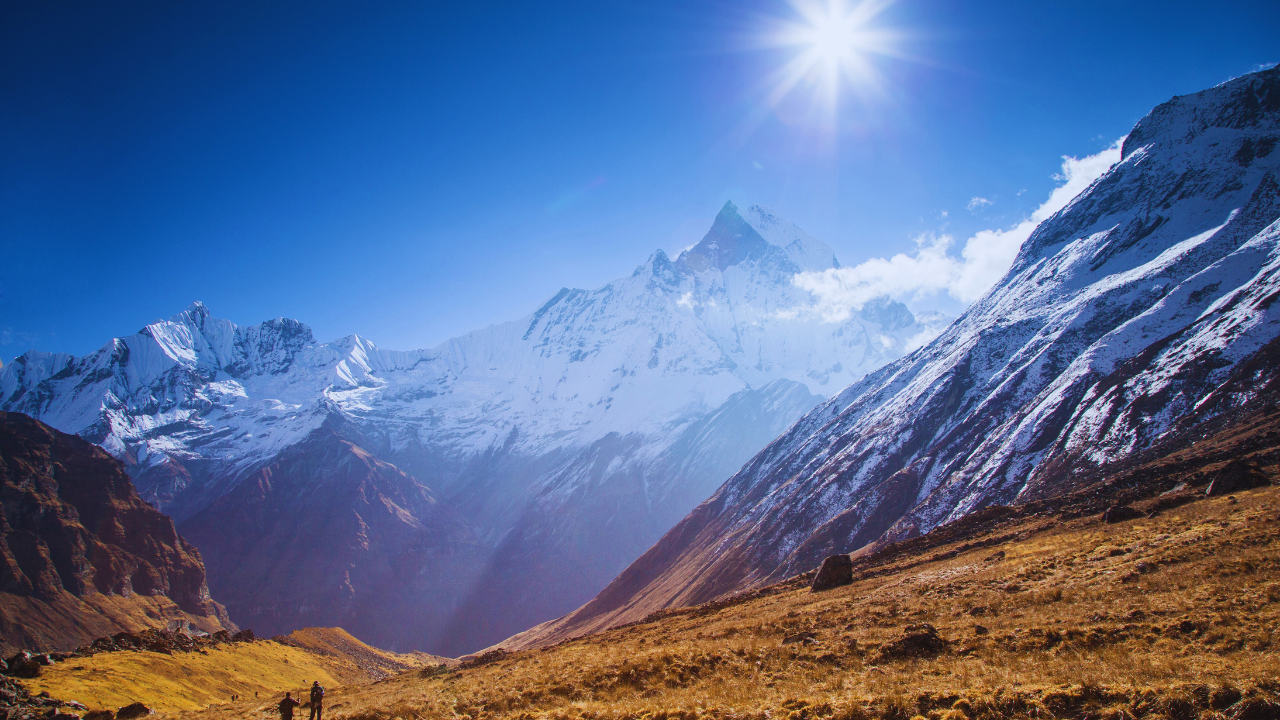
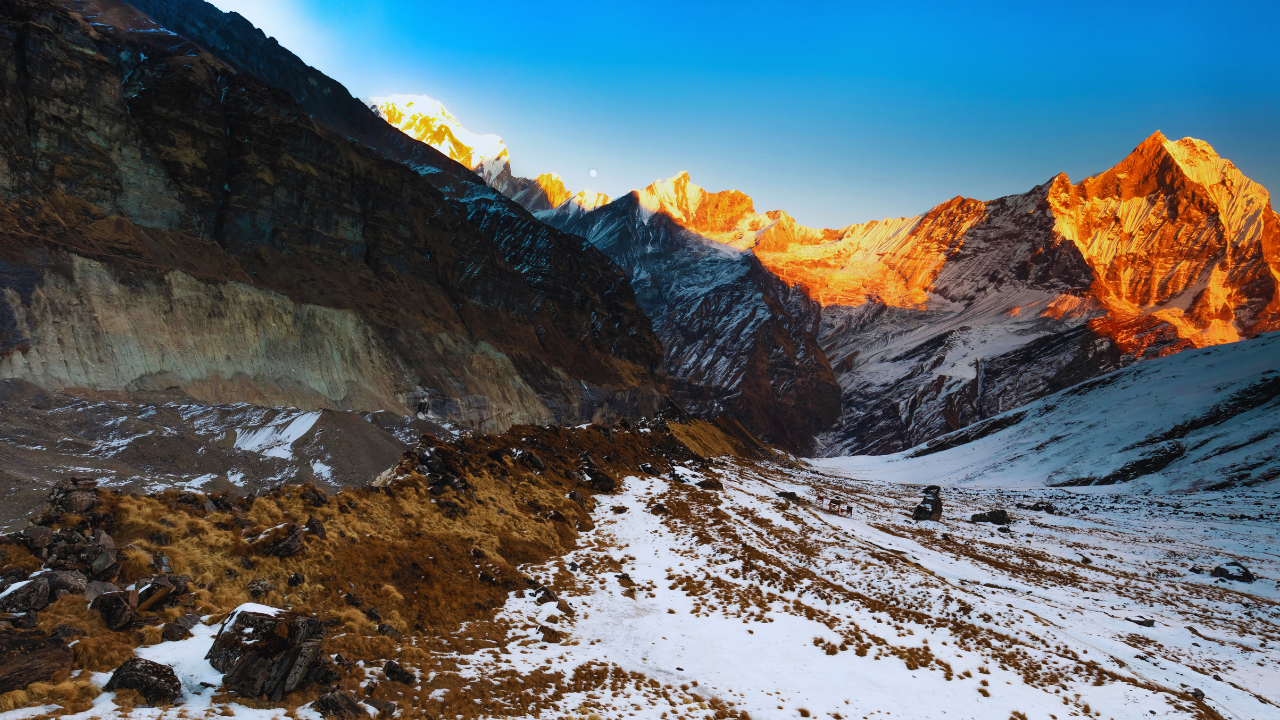
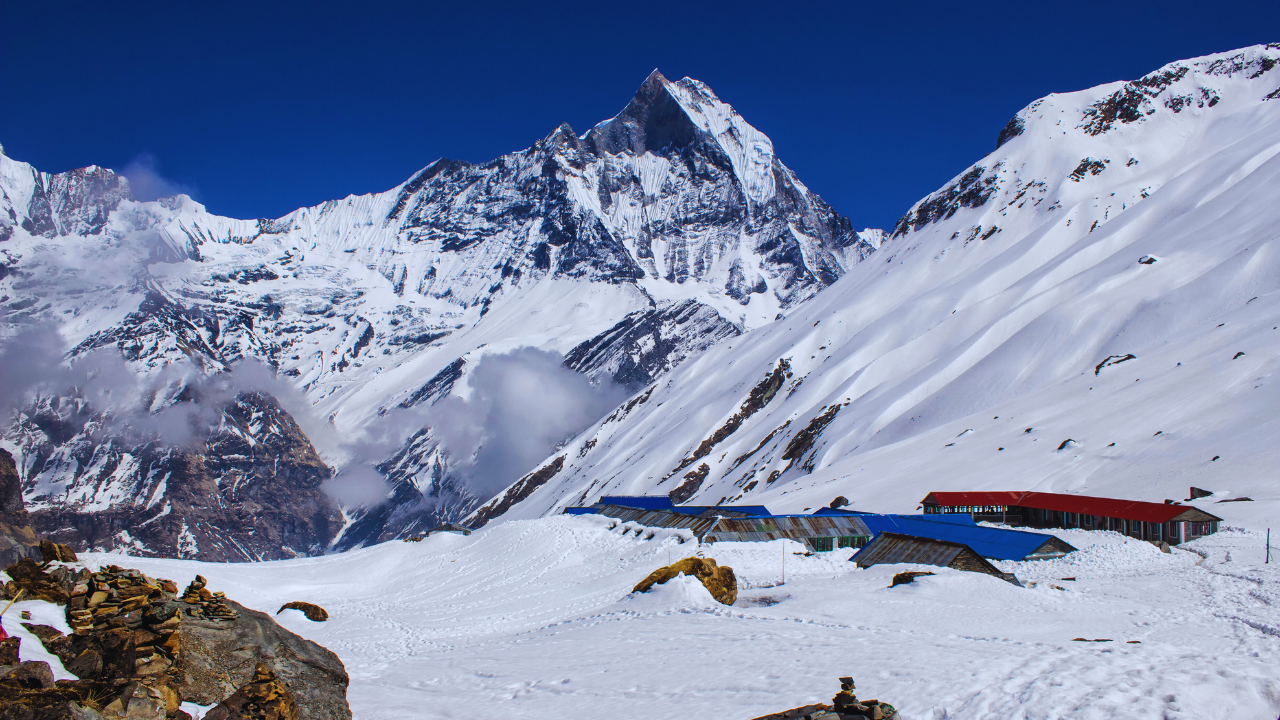
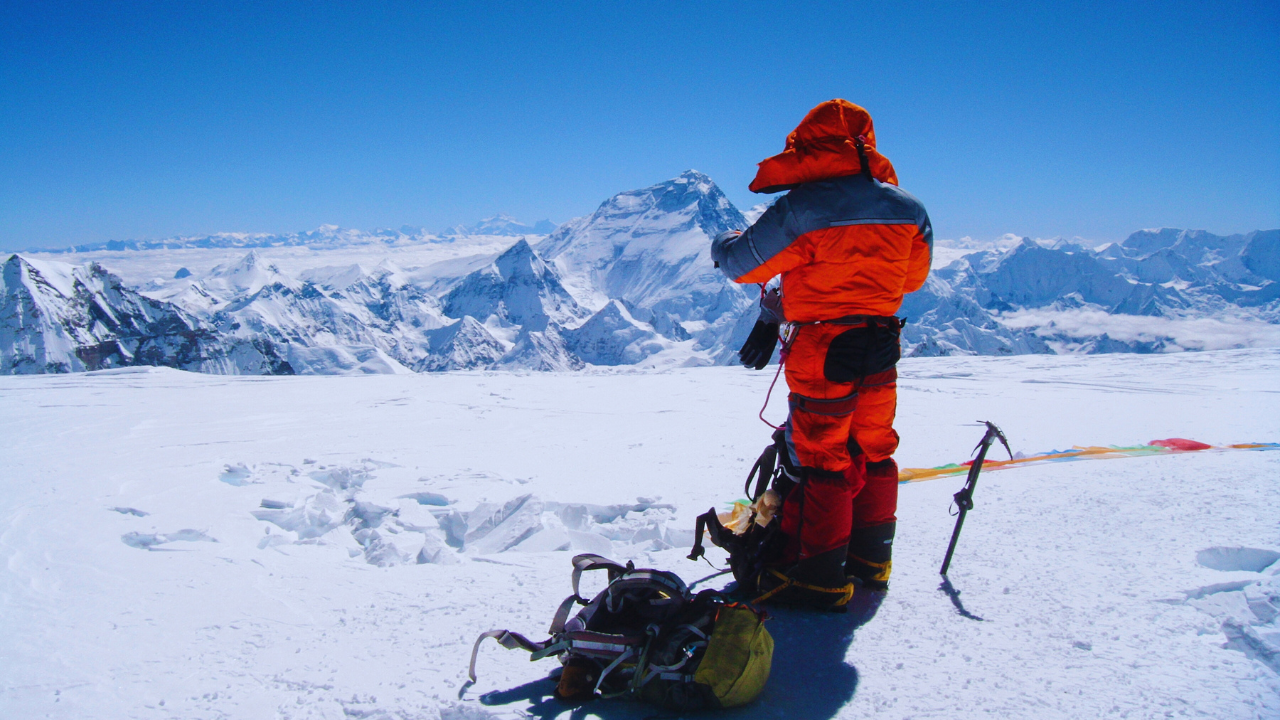



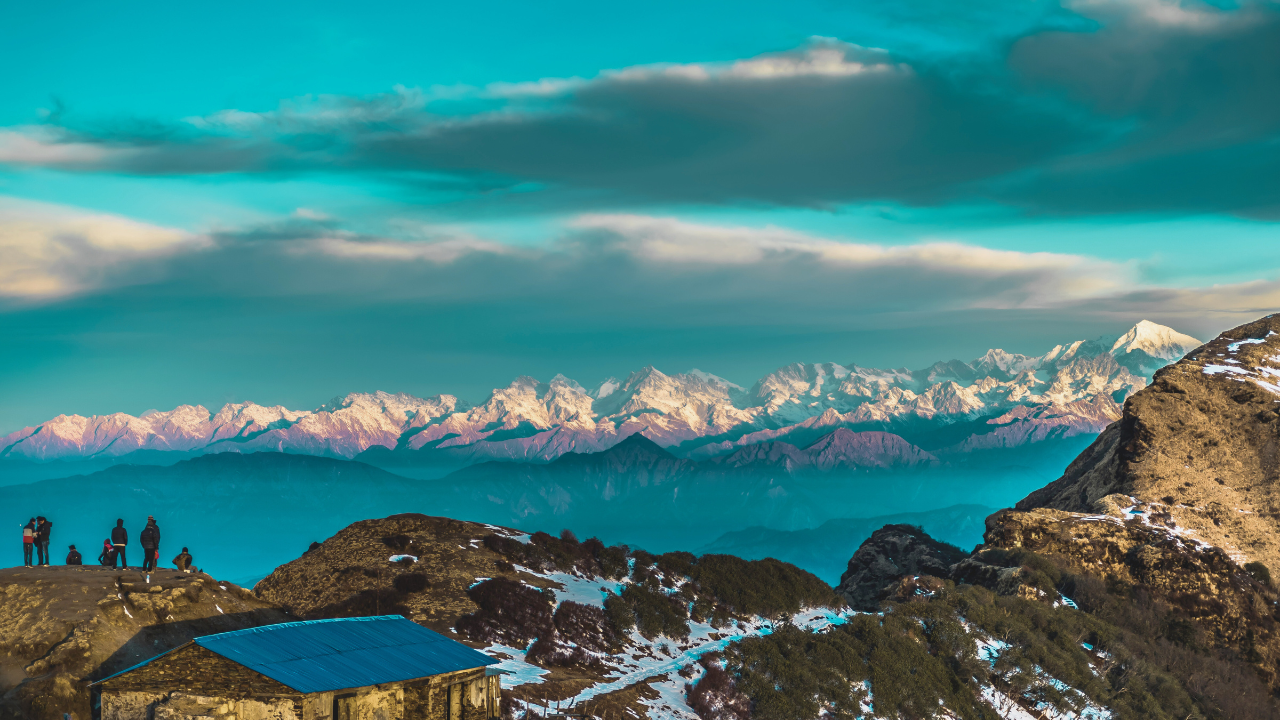







































Comments